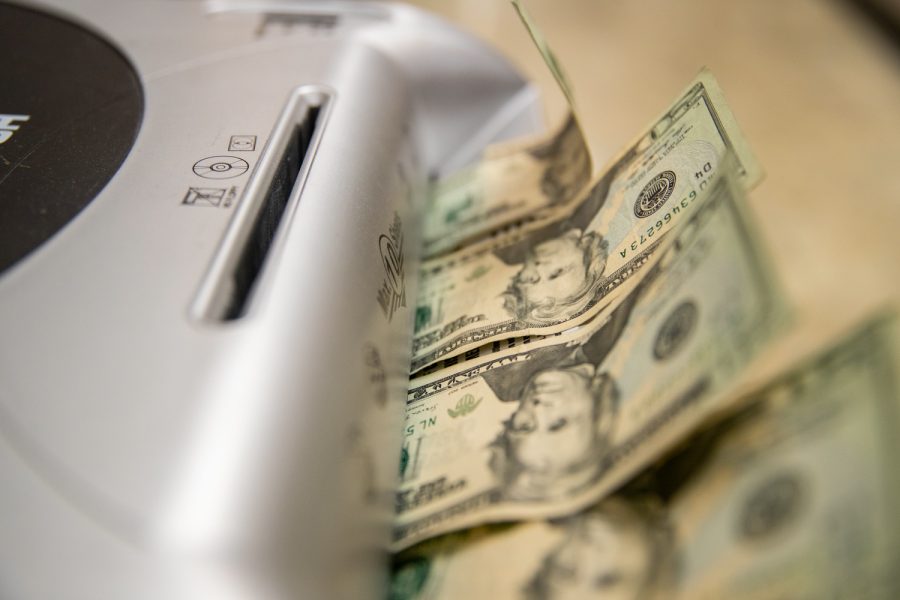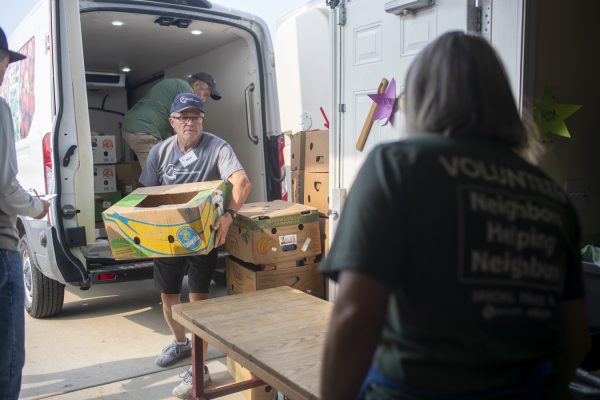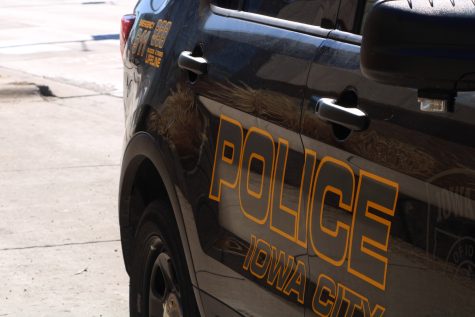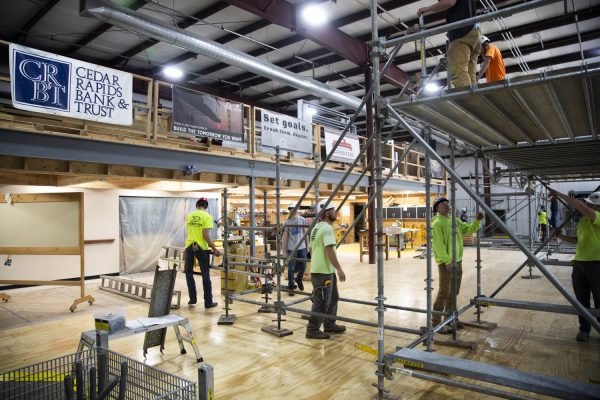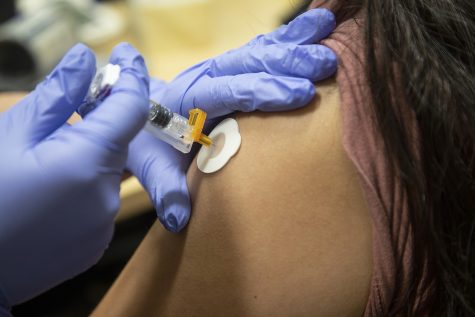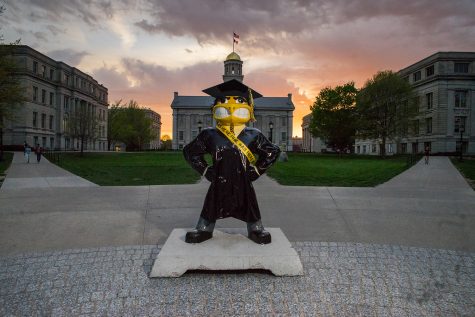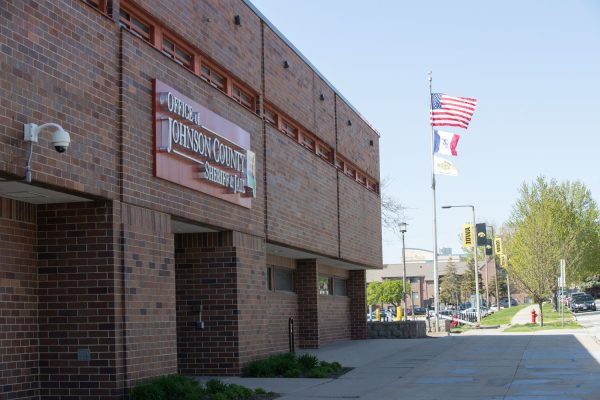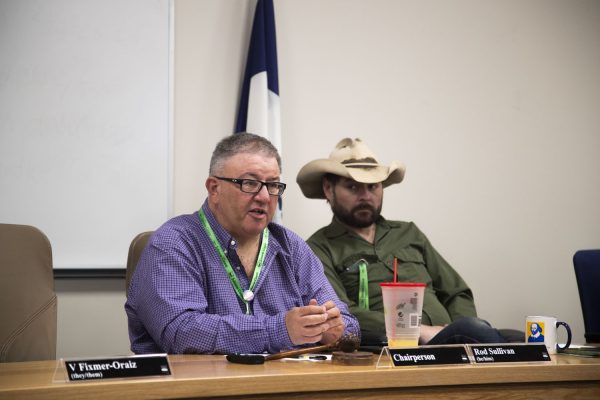Rising inflation could impact Iowa City businesses, University of Iowa operations
After the highest increase in inflation in more than three decades, the Iowa City community may feel the impacts of widespread economic uncertainty.
Photo Illustration by Ayrton Breckenridge.
February 3, 2022
Iowa City is seeing the effects of inflation after nearly two years of battling the economic volatility brought on by COVID-19.
In 2021, inflation increased at a rate not seen in more than three decades, elevating economic uncertainty for Iowa City’s businesses, the University of Iowa, and students.
Anne Villamil, UI professor of economics, said there are three key measures of inflation, and all increased in 2021. She said the consumer price index, a survey of common consumer goods and services, rose 7 percent, and the personal consumption expenditure price index, or PCE, rose 5.8 percent.
“The PCE is important because it’s followed by the [Federal Reserve],” Villamil said. “Ultimately, the Fed is going to have a big impact on inflation. If it gets too high based on the Fed’s preferred measures, they will raise interest rates.”
The Federal Reserve hinted in a December meeting that it would be considering when and how to best implement increased interest rates in 2022.
Villamil said the third measure of inflation rarely gets talked about among the public, but she believes the employment cost index, a measure of wages and benefits, will become a greater point of interest because of its dramatic rise in 2021.
Villamil said the Federal Reserve’s concern with the employment cost index is it is compounding with other atypical economic problems like COVID-19 and supply chain issues. These issues, she said, have caused workers to demand higher wages, reflected in the 4 percent employment cost index.
“If we start building these inflation premiums into the economy, then inflation could go up simply because people expect it to go up,” Villamil said. “If I expect inflation to be five percent next year, I am going to look at my employer and say I expect a wage increase of five percent, otherwise my real purchasing power will decline.”
While businesses can decline workers these wage increases, Villamil said the shortage of workers in the labor market incentivizes businesses to grant these expectation-driven wages.
She said to combat this, the Federal Reserve will look to return to its inflation target of around 2 percent.
Kirk Fellows, general manager of Short’s Burgers & Shine’s eastside location, said he was unsure if the current increases in food supply prices could be attributed to sustained inflation or if the increases were simply the result of a short-term scarcity and high demand as a result of the pandemic.
He said while he believed prices had gone up for the restaurant, it wasn’t a noticeable increase. Instead, Fellows said the rise in prices could be the result of the pandemic.
Data visualization by Kelsey Harrell/The Daily Iowan
“There’s a lot of jobs that were created by the pandemic that didn’t exist before and so that adds into the cost of everything,” Fellows said.
Prices increased for consumers at his Short’s location because of an increased price from suppliers, Fellows said, but not by more than 10 percent. Increased business at his location has also given Fellows the opportunity to reward his workers.
“I have paid my hourly employees a little bit more just to redeem them,” Fellows said. “We are doing more in sales, so that kind of makes up for it.”
Villamil said the high inflation has been the result of the Federal Reserve’s attempt to stimulate the economy throughout the COVID-19 pandemic.
“The Fed tried to run the economy hot,” Villamil said. “The risk of doing that has always been that they overshoot. When inflation was three percent, three-and-a-half percent, the Fed was not very worried, because inflation had been very low [in 2020].”
Villamil said students would not see a rise in the interest rates on their student loans because of the proposed interest rate hike. Interest rates on student loans are set by Congress on July 1st of each year.
This year’s interest rate on undergraduate student loans was set at 3.73 percent, but the Department of Education has lowered the interest rate on federal student loans to 0 percent until May 1 because of COVID-19.
As far as the impact of inflation on other aspects of student life, Villamil said it varies from person to person.
“The price of some kinds of food, so meat, poultry, and fish, there’s been price inflation in that,” Villamil said. “But the increase in things like milk and other dairy products has not been high. It really depends on who you are as far as how this affects you.”
Rod Lehnertz, UI senior vice president of finance and operations, wrote in an email to The Daily Iowan that costs for all products and services are fluctuating right now and the UI has the potential to be impacted by nationwide inflation as well as supply chain disruptions.
“Over the past two to three years, the campus has seen some increases for new vehicles and construction and maintenance materials, including concrete and sand,” Lehnertz wrote.
He said the UI can limit the cost increase during the purchasing process for many of their materials.
“While some products are experiencing increases due to inflation, the university mitigates these increases through a competitive bidding process, and the utilization of joint Board of Regent Master Agreements, as well as state, awarded vendor agreements,” he wrote.



